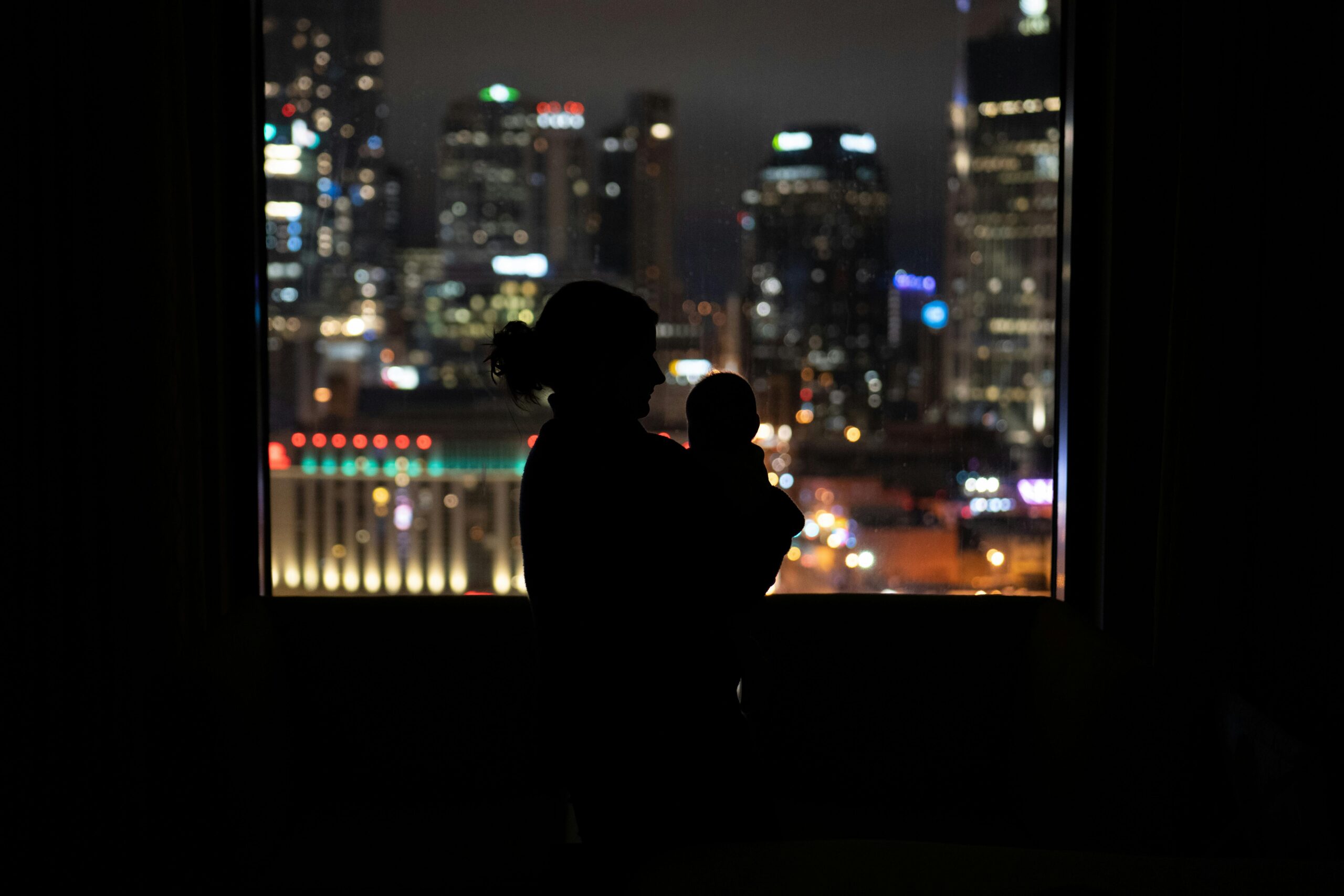
Written By The Lanier Law Firm
Psychologists estimate that tens of millions of Americans are addicted to social media apps such as Facebook, Instagram, and TikTok. While adults and teens both use the platforms, social media addiction statistics indicate that the younger generation is more easily addicted and more susceptible to negative effects such as depression, anxiety, and suicidal thoughts leading to an increase in social media addiction lawsuits.
Since the early 2000s, social media has revolutionized the way we connect with one another. Social media has evolved since the days of Myspace, the very first platform. Dozens of other platforms have since emerged, from Facebook to Twitter to YouTube and TikTok, capturing the attention of larger and larger audiences.
In 2005, just five percent of Americans used social media. By 2021, a staggering 72 percent of Americans had active social media accounts. Conservative estimates suggest that roughly 10 percent of Americans are addicted to social media. That translates to 33.19 million Americans (based on 2021 population data).
It’s estimated that more than 4.8 billion people worldwide actively use social media every day. By 2027, nearly six billion people are expected to use social media daily.
However, social media appears to carry some risks. Among them is the risk of addiction. But just how addictive is social media? How often are people using social media? And who is at the greatest risk of becoming addicted?
What qualifies as social media addiction?
Social media addiction refers to an uncontrollable, unhealthy dependence on apps such as Facebook, Instagram, Twitter, and LinkedIn. People who become addicted to social media experience an intense urge and compulsion to share content and scroll the apps, which takes up an increasing amount of their time and energy. Despite the fact that social media is “social,” many who suffer from addiction actually develop antisocial tendencies and mental health problems that interfere with healthy social skills.
Compelling Social Media Addiction Statistics
Statistics clearly show that social media has become a huge part of our lives. This is particularly true for children, teens, and young adults, who are now spending hours every day using social media.
Here are some of the most staggering stats on social media use and addiction:
- The average person spends two hours and 27 minutes on social media every day.
- It’s estimated that 210 million people worldwide are addicted to social media.
- More than half of all drivers admit to checking social media behind the wheel.
- Overuse of social media in children and teens can literally rewire their brains.
- 35 percent of teenagers describe their use of social media platforms as “almost constant.”
- Roughly 42 percent of teens admit that social media keeps them from connecting with friends in person.
- In a recent survey, 70 percent of teens said they feel left out or excluded because of social media.
- Suicide rates among teens have increased in the age of social media.
- Social media is more addictive than alcohol and cigarettes.
Social media is changing how we live our lives. This is particularly true for children, teens, and young adults, who are increasingly spending more time online and less time engaging with friends, family, and peers in real life. Research shows that this can have serious and potentially life-changing consequences. Below are 5 of the biggest issues to be aware of when it comes to spotting social media addiction, and its effect in the lives of youth:
1. YouTube, Instagram, and TikTok are the most popular social media apps among teens
There are dozens of social media apps vying for the attention of teenagers and adults alike. For many years, Facebook reigned champion, drawing the time and attention of billions of users every day. In fact, seven out of 10 Americans still admit to checking Facebook daily. However, as social media evolved and teens became more engaged, the most popular — and dangerous — apps changed.
In 2015, 71 percent of teens used Facebook. By 2022, only 32 percent of teens used Facebook. A 2022 Pew Research Center survey found that YouTube was the preferred social media platform for teens between the ages of 13 and 17. Today, 95 percent of teens use YouTube.
TikTok (67 percent), Instagram (62 percent), and Snapchat (59 percent) also saw a sizable increase in teenage users between 2015 and 2022. Other popular apps include Twitter (23 percent), Twitch (20 percent), WhatsApp (17 percent), and Reddit (14 percent).
2. Instagram is the most dangerous social media platform for teens’ mental health
Nearly two-thirds of American teenagers use Meta’s Instagram. Unfortunately, a recent survey by the U.K.’s Royal Society for Public Health and the Young Health Movement found that, among popular social media apps, Instagram was the most detrimental to mental health.
Specifically, teenagers between the ages of 14 and 17 noted increased feelings of anxiety, depression, loneliness, and the fear of missing out (FOMO) when scrolling Instagram. Teens also acknowledged that Instagram interfered with their ability to sleep, contributed to body dysmorphic disorder, and increased instances of bullying.
3. Depression and anxiety in children and teenagers began to rise with the rollout of smartphones
Research confirms that the more the average young person uses social media, the more likely it becomes that they experience serious mental health issues such as:
- Anxiety
- Depression
- Body dysmorphia
- Attention problems
- Loneliness
Experts note that these mental health issues began to increase in children in 2011 and 2012, which was when most people switched to smartphones. In fact, today, roughly 95 percent of teenagers own a smartphone. This puts social media at their fingertips, giving them access to apps such as Facebook, TikTok, Snapchat, and Instagram without restriction or limitation.
Teenagers who use social media for three or more hours every day are at an increased risk of depression, anxiety, and other mental health problems. Teens who spend between five and seven hours a day using social media are twice as likely to exhibit signs of mental health problems. This is alarming, as a 2018 study found that young adults between the ages of 16 and 24 spend an average of three hours and one minute on social media every day.
4. Teens, particularly teenage girls, are more likely than adults to be addicted to social media and experience mental health problems
All teens use social media, but it’s girls who spend the most time online. Girls are also more likely to become depressed and anxious, develop body image problems, or become suicidal because of social media.
Why? First, researchers note that teens, as a whole, are more susceptible to addiction and negative consequences because their brains simply aren’t as developed as adults. They also lack significant real-world experience dealing with other people in social settings.
Teens are growing up in an increasingly digital world, where their lives are spent engaging with others online rather than in person. Adults, on the other hand, developed social skills through in-person interaction with others.
Next, research indicates that girls are more likely than boys to become emotionally invested in the content on social media. Girls are more likely than boys to compare themselves to others and feel bad about themselves if their posts don’t get a lot of likes or if they aren’t well-received by their peers.
5. Teen suicide rates have increased over the last decade
According to the Centers for Disease Control and Prevention (CDC), suicide rates for teenage girls doubled between 2007 and 2015. In 2015, 524 female teens committed suicide, an all-time high. Teenage boys — whose suicide rates have always been higher than girls’ — saw 1,537 suicides among teenage boys, representing a 31 percent increase from 2007.
Today, suicide is the second-leading cause of death in young adults between the ages of 15 and 24. The CDC’s Youth Risk Behavior Survey Data Summary & Trends Report: 2009–2019 revealed that one out of every five high schoolers had serious thoughts of suicide, while nine percent attempted suicide.
The correlation between the rise of social media and the uptick in suicide rates among teens cannot be ignored.
Can social media addiction be avoided?
Social media users can certainly limit and restrict their social media use, thereby decreasing the odds of addiction. However, users can’t shoulder all of the responsibility for social media addiction. Research suggests that social media use literally rewires the brain and that social media companies such as Meta have used this to keep users hooked and coming back for more. Social media users who have experienced serious health problems or lost family members to suicide have begun to fight back and hold social media companies accountable for the harm inflicted by their algorithms.
If you or a loved one has experienced mental health issues because of social media addiction, you can contact the experienced team at The Lanier Law Firm, who are helping families with social media addiction lawsuits. Since 1990, they’ve been fierce advocates for injury victims and their families nationwide. They offer a free, no-obligation case evaluation, which gives you the opportunity to learn about your legal rights and discover how our law firm can help you take a stand.

[This article was originally written and published by The Lanier Law Firm, and republished here with permission.]
















